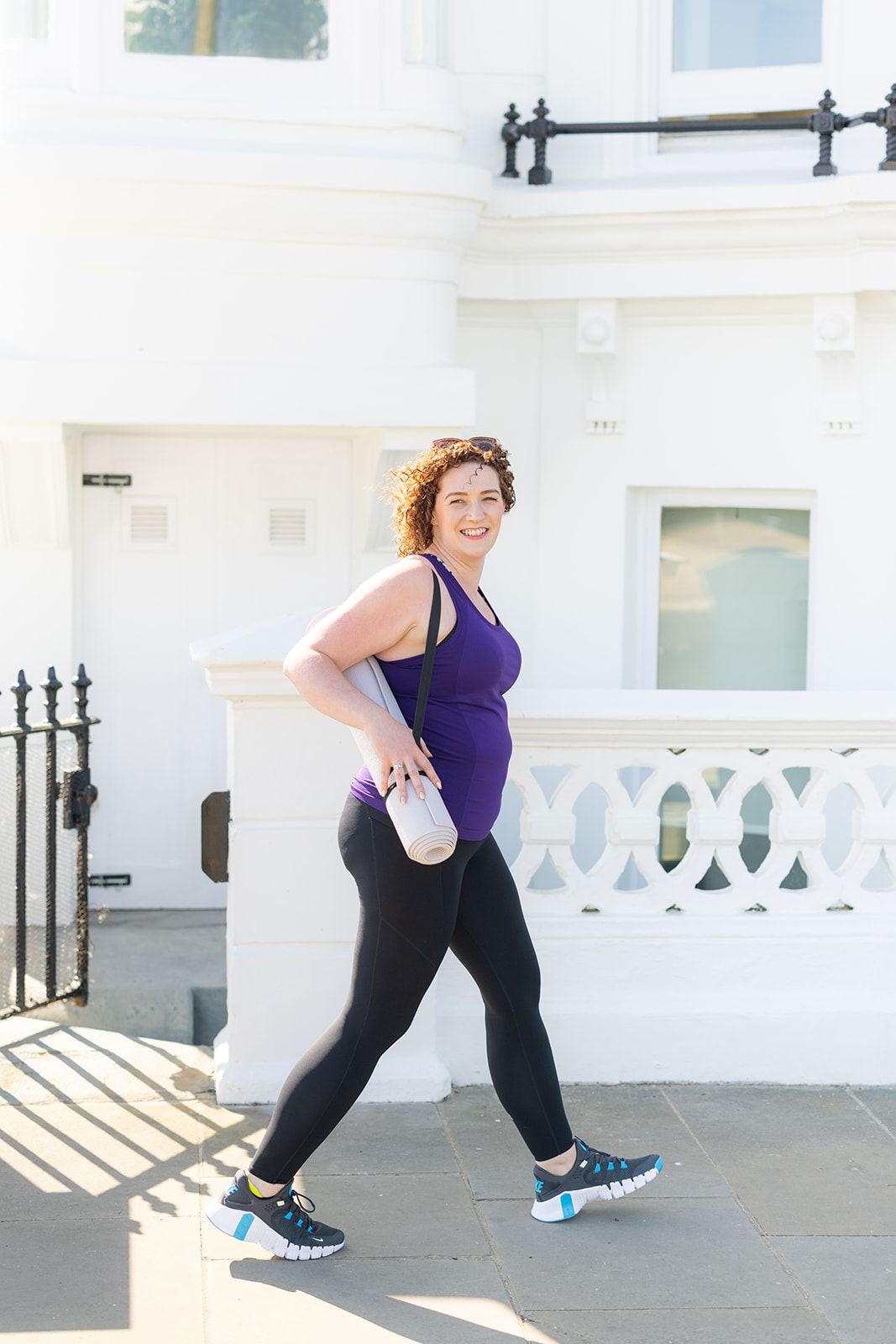Last week, results of a global study on the gender exercise gap were published. As a female personal trainer, these findings really interested me, so I wanted to share some of what’s been revealed, and how I plan on helping those in my community going forward…
The gender exercise gap: what’s going on?
The fact that adult women tend to exercise less than adult men is something that’s a fairly new focus. We’ve had the pay gap, and even the orgasm gap, before we’ve got to the exercise gap, and of all of these difficult things to fix, there’s a key factor which holds this one back – lack of allyship.
Sports brand, ASICS, commissioned the study which has led to the results I’m going to discuss. It took place internationally, and some of the findings are replicated cross-culturally, which is hugely important. Almost 25,000 women were involved, via a combination of surveys and focus groups. The researchers looked at what motivates and stops women participating in physical activity, and also what men’s perception of what holds women back is…
Move Her Mind: interesting findings
Whilst the gender exercise gap is less discussed, barriers to exercise are often talked about, and were even covered in my PT training. In the results of these study, they were split into three categories – emotional, environmental, and practical – but there were also a top five of barriers identified, which are:
- Other commitments and time
- Cost
- Unsafe or unwelcoming environment
- Not feeling fit or sporty enough
- Lack of access to exercise equipment and/or spaces
Interestingly, whilst 36% of women cited body insecurities as a barrier, 58% of men assumed that this would be an issue for them. Additionally, only 34% of men believed that lack of time would be a problem for women, whereas in reality, 74% of women said that this holds them back. I’ll let you read that again.
Reasons for being active
Across all countries surveyed, health came out as the top focus for women, whether it be physical or mental. Women aren’t training for aesthetics, they’re working to be healthier, and this was supported by the fact that experiencing a mental health issue or a physical health scare were the life events most likely to result in them starting a new, regular exercise routine.
What seemed to surprise the researchers is that their peers are the number one influence for women in getting and staying active. From childhood through to adulthood, our friends get us started and keep us going, with parents during childhood being a factor, as well as romantic partners. What’s missing from that top three? Celebrities and influencers.
This is the thing that brands truly need to pay attention to. Participants repeatedly told the researchers that they wanted to see more people like themselves in marketing and in real fitness spaces. This had a huge impact on how welcoming they thought environments were. Role models are key, but they shouldn’t be actual models!
One big down side to the research…
I happily acknowledge that this is a huge start. We’ve learned some great stuff. But there’s a bias towards mothers. And I know that this is important. But it’s not news that childcare, and post-natal bodies hold women back. We did know that already.
At a time when more and more people are choosing to be child-free, we have to address what ELSE is holding people back. Because for a broad range of the demographic, it isn’t that they have parental responsibilities, or are worried about pelvic prolapse. And we need to know what it is.
Ending on a high…
Possibly my favourite finding was that several participants cited not being aware that it’s ok to be a beginner, and not reach for greater heights in terms of accomplishment. That you can just move. That it doesn’t have to be about never-ending improvement or competing or racing. This is something that I’ve found difficult but important too. Being an adult beginner is hard. Confronting that you’re not good at something or it doesn’t come naturally is challenging. But there’s only one way to change that, and it’s by showing up and facing it. So we have to encourage people, rather than making it harder.
The report presents four actionable strategies: accessibility, inclusivity, challenge gendered expectations, re-define movement. For me, the latter is one of the most actionable, with tips such as making it ok to be a beginner, average, or excellent; and normalising stops and starts (this can be seen within a session or between them – participants in the study cited being stigmatised for taking a break from activities due to life getting in the way).
As always, it’s industry leaders – and men in particular – who need to respond to the results of this study. Many women will read the paper nodding. I’m sure that some men’s jaws will drop. What we need is for them to then pick them up and get to work.
If you’re interested, you can read the report here.
